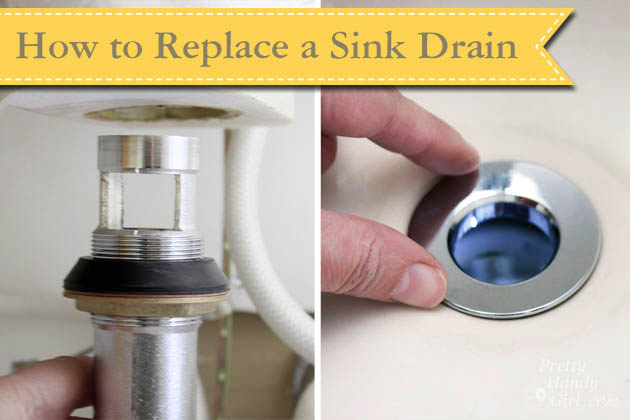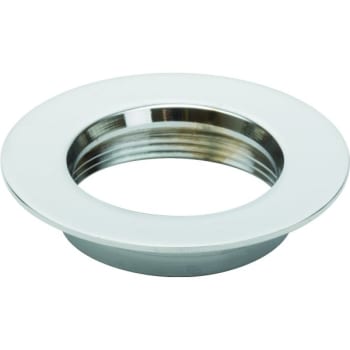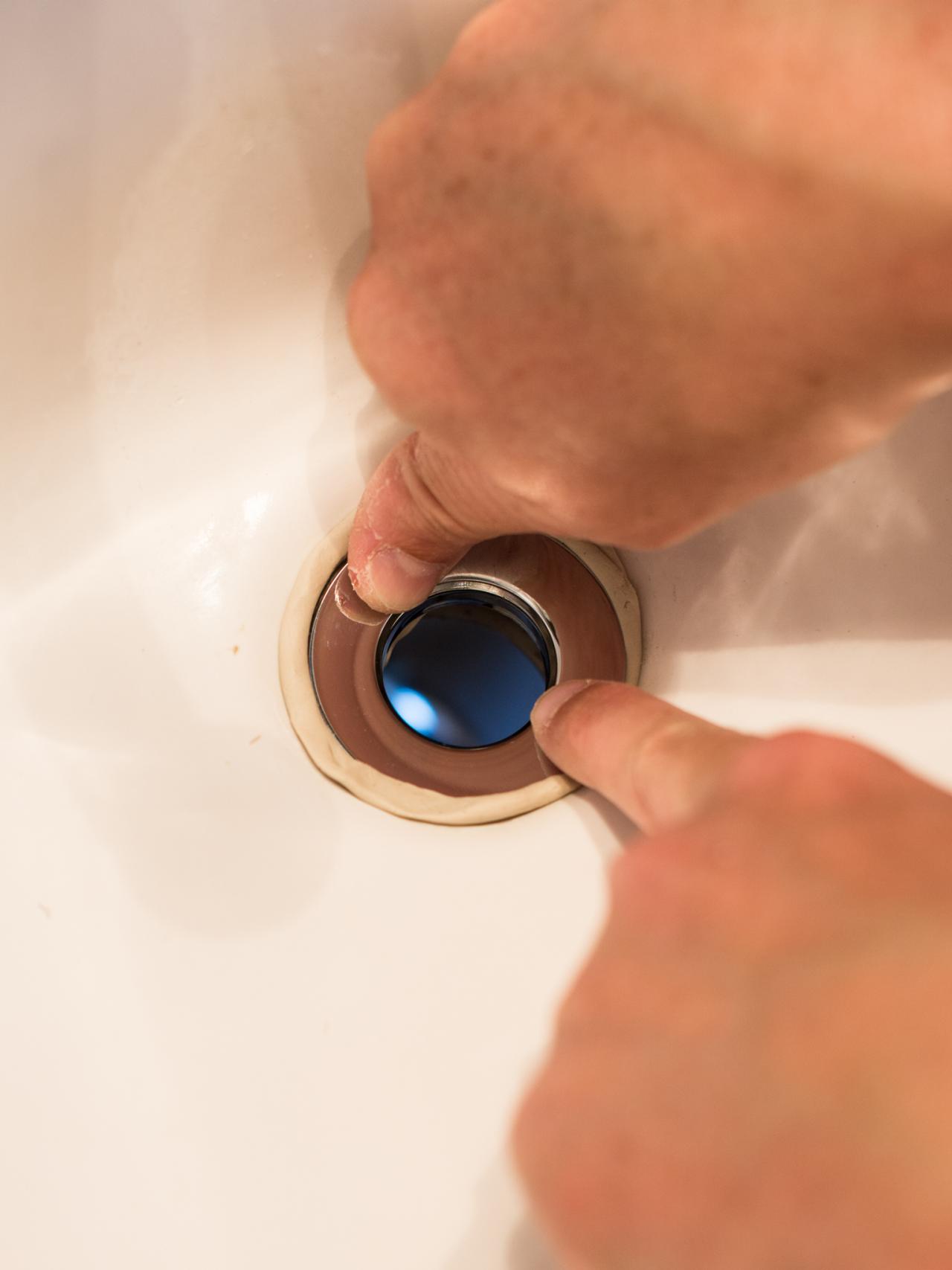Bathroom Sink Flange
Introduction to Bathroom Sink Flange
A bathroom sink flange is an essential component of any sink installation. It is a circular piece that sits between the sink basin and the drain pipe. While it may seem like a small and insignificant part, the bathroom sink flange plays a crucial role in maintaining the functionality and durability of the sink.
- Prevents Leakage: One of the primary functions of a bathroom sink flange is to prevent leakage. When properly installed, the flange creates a watertight seal between the sink basin and the drain pipe. This prevents any water or debris from seeping into the space between the sink and the countertop, which could result in water damage and mold growth. The flange acts as a barrier, ensuring that all water flows directly into the drain pipe.
- Provides Stability and Support: Another important role of the bathroom sink flange is to provide stability and support to the sink. The flange securely holds the sink basin in place, preventing any wobbling or movement during use. This is especially crucial for undermount sinks that are mounted beneath the countertop. Without a flange, the sink could shift or become loose over time, leading to potential damage and inconvenience.
- Enhances Aesthetic Appeal: Apart from its functional benefits, a bathroom sink flange also contributes to the overall aesthetic appeal of the sink and the bathroom. Flanges are available in various finishes and styles, allowing homeowners to choose one that matches their sink and bathroom décor. Selecting a flange that complements the sink, it creates a cohesive and visually pleasing look in the bathroom.
- Facilitates Easy Installation and Maintenance: The bathroom sink flange is designed to facilitate easy installation and maintenance of the sink. It acts as a connecting point between the sink basin and the drain pipe, making it easier for plumbers or homeowners to assemble and disassemble the sink when necessary. Additionally, if any repairs or maintenance are required in the future, the flange can be easily accessed and replaced without major disruptions to the sink or countertop.

Common Problems with Bathroom Sink Flanges and How to Fix Them
Leaking Flange
A common problem with bathroom sink flanges is leaking. This can be caused by a variety of issues, such as a worn-out flange gasket or loose connections. To fix this problem, start by turning off the water supply to the sink. Next, remove the flange by unscrewing it from the drainpipe. Inspect the gasket for any signs of damage or wear, and if necessary, replace it with a new one. Before reinstalling the flange, ensure that all connections are tight and secure. Finally, turn on the water supply and check for any leaks.
Clogged Flange
Another common problem with bathroom sink flanges is clogging. This can occur when debris, hair, or other materials get trapped in the flange and obstruct the flow of water. To fix this issue, start by removing the flange from the drainpipe. Use a plunger or a drain snake to clear any clogs or blockages in the flange. Once the clog is removed, thoroughly clean the flange before reinstalling it. Run water through the sink to ensure that the flange is no longer clogged.
Loose Flange
Over time, bathroom sink flanges can become loose due to regular use. This can cause the sink to wobble or become unstable. To fix this problem, start by turning off the water supply to the sink. Next, use a wrench to tighten the flange by turning it clockwise. Ensure that the flange is securely fastened to the drainpipe. If the flange is still loose after tightening, consider using plumber’s putty or silicone caulk to create a seal between the flange and the sink. This will provide additional stability and prevent the flange from becoming loose again.
Corroded Flange
Corrosion is another common problem that can affect bathroom sink flanges, especially in areas with hard water. Corrosion can cause the flange to deteriorate and become weak, leading to leaks or other issues. To fix this problem, start by turning off the water supply to the sink. Next, use a wire brush or sandpaper to remove any corrosion from the flange. If the corrosion is severe, it may be necessary to replace the flange entirely.
Choosing the Right Bathroom Sink Flange for Your Needs
When it comes to selecting the right bathroom sink flange, it is important to consider several factors to ensure it meets your specific needs. The sink flange is an essential component that connects the sink to the drain pipe, preventing leaks and providing stability.
One of the first considerations is the material of the flange. Bathroom sink flanges are commonly made of materials such as stainless steel, brass, or plastic. Stainless steel flanges are durable and resistant to corrosion, making them a popular choice for many homeowners. Brass flanges offer a classic and elegant look while also being durable. Plastic flanges are lightweight and affordable, making them a budget-friendly option for those on a tight budget.
Size is another crucial factor to consider when choosing a bathroom sink flange. It is important to measure the diameter of your existing drain opening to ensure a proper fit. Flanges come in various sizes, so selecting the correct one is essential to avoid any installation issues.
Additionally, it is important to consider the style and design of the flange. There are various styles available, including standard flanges, decorative flanges, and pop-up flanges. Standard flanges offer a simple and functional design, while decorative flanges add a touch of elegance to your bathroom décor. Pop-up flanges are convenient as they allow you to control the flow of water with a push-button mechanism.
Another consideration is the installation method of the flange. Some flanges require a plumber for installation, while others can be easily installed by the homeowner. It is important to choose a flange that matches your level of expertise and comfort with DIY projects.
Lastly, it is crucial to consider your budget when selecting a bathroom sink flange. Prices can vary depending on the material, size, and design of the flange. Setting a budget beforehand will help narrow down your options and ensure you find a flange that fits within your financial constraints.
Replacing a Sink Drain – Pretty Handy Girl
How To Remove Bathroom Sink Drain Flange
Delta Replacement Lavatory Pop-Up Flange HD Supply
How To Replace a Rusty Sink Drain (HowToLou.com)
How To Install Bathroom Sink Drain u2022 Queen Bee of Honey Dos
How to Swap Out a Bathroom Faucet HGTV
Bathroom Sink Drain Flange Repair (please help?) – DoItYourself
How To Install Bathroom Sink Drain u2022 Queen Bee of Honey Dos
How To Remove Bathroom Sink Drain Flange – Evolving Home
Related Posts:








